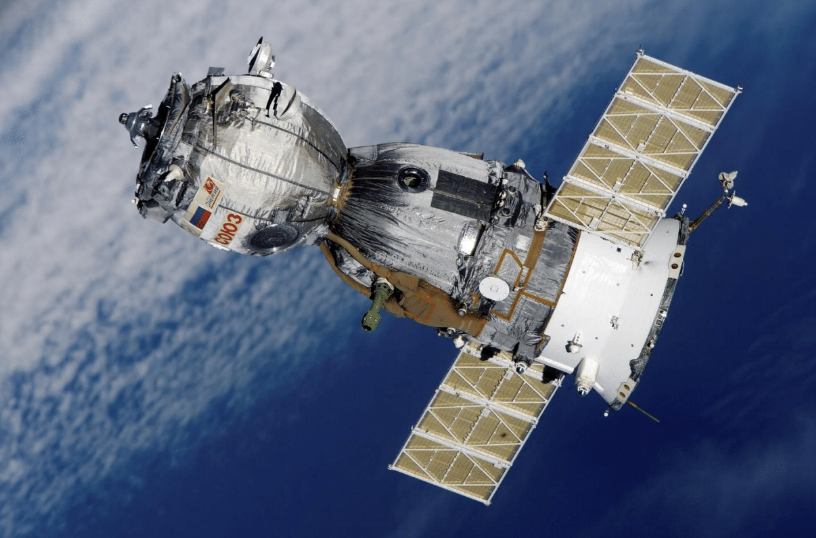The U.S. Missile Defense Agency (MDA) developed a new satellite to track hypersonic threats and passed a recent critical design review. The approval of the review is good news for the U.S. MDA inmoving forward with contractors ready to start manufacturing the new satellite.
The MDA started working in partnership with Northrop Grumman (contract for $155 million) and L3Harris Technologies (contracted for $122 million) in January 2021. The two partner developers were tasked to design, build, and test the prototype satellites for the Ballistic and Hypersonic Tracking Space Sensor (HBTSS).
This new system is different compared to Space Force’s current satellite detection will consist of a system of up to five satellites located more than 20,000 miles above the Earth’s surface. The HBTSS will operate in an already existing system consisting of hundreds of satellites.
The new satellites will be built by the Space Development Agency that will have the capability of detecting ballistic and hypersonic threats that pass in and out of view through the orbital network of satellites. This system will also hand over custody of objects passing through the satellite system that will be directed to the more sensitive HBTSS sensors accessed by the MDA that can determine targeting data for an interception.
Shortly after signing the contracts with Northrop Grumman and L3Harris Technologies, the MDA released a statement saying, “The combination of high speed, maneuverability and relatively low altitude of some of the emerging advanced missile threats makes them challenging targets for our current missile defense systems. HBTSS is needed since we cannot populate the Earth and the oceans with terrestrial radars to meet this need. The ‘birth-to-death’ tracking that HBTSS can provide when integrated with terrestrial sensors will make it possible to maintain custody of missile threats from launch through intercept regardless of location.”
Northrop Grumann completed the critical design review in November 2021 that put the company on track to deliver vital pieces of missile defense architecture to detect hypersonic threats. The other partnering company completed the project on December 20, 2021, while announcing they have started construction to provide prototype HBTSS satellites as a demonstration of the fire and sensitivity control quality of service needed to detect hypersonic objects. The research for this article is sourced from Defense News and Space News.

